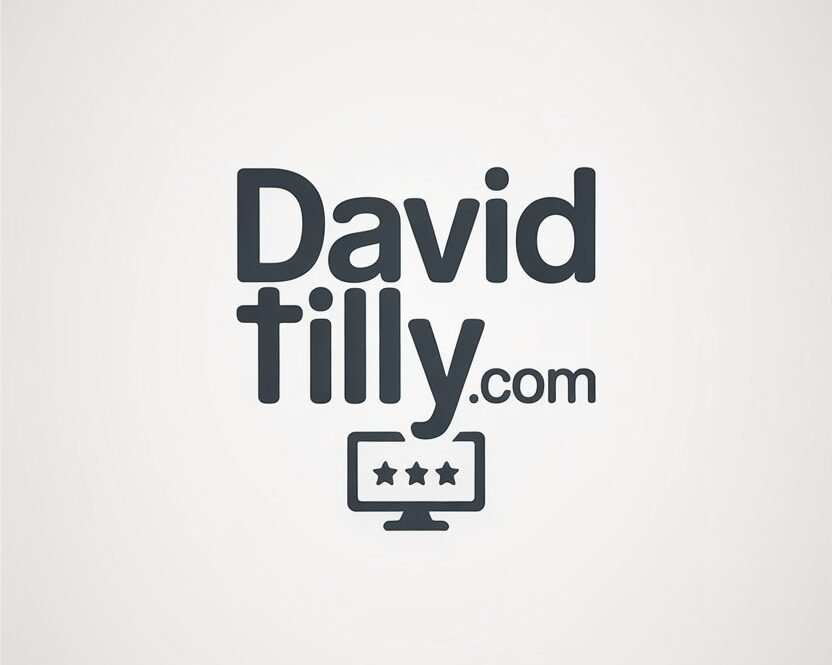Have you ever wondered how to boost your website’s visibility without breaking the bank? The world of SEO can seem daunting, especially if you’re working with a tight budget. However, with some creativity and strategic planning, it is entirely possible to implement effective SEO tactics at a low cost. This guide will walk you through some affordable strategies for crafting low-cost SEO plans, all while maintaining a friendly and approachable tone.

This image is property of images.unsplash.com.
Understanding Low-Cost SEO Plans
Before diving into specific strategies, it’s crucial to grasp what a low-cost SEO plan entails. SEO, or search engine optimization, involves adjusting various elements of your website to enhance its visibility on search engines like Google. The objective is to attract more visitors, increase brand awareness, and ultimately generate more sales or leads.
A low-cost SEO plan focuses on achieving these goals without requiring a large budget. This means prioritizing high-impact, low-cost techniques that can yield significant results. With some patience and perseverance, you can effectively improve your site’s ranking and increase traffic.
Keyword Research: The Foundation of Affordable SEO
Effective keyword research forms the foundation of any successful SEO strategy. It involves identifying the words and phrases your target audience uses to search for your products or services. Conducting comprehensive keyword research allows you to tailor your content and help search engines understand your website’s relevance to specific queries.
Utilizing Free Keyword Tools
There are several free keyword research tools available that can assist you in finding the right keywords for your website. Tools like Google Keyword Planner, Ubersuggest, and AnswerThePublic are excellent resources to start with. They provide valuable insights into search volume, keyword difficulty, and other related queries.
Long-Tail Keywords: Your Secret Weapon
Focusing on long-tail keywords—phrases that are more specific and usually longer—is another cost-effective strategy. Although these keywords typically have a lower search volume, they often come with less competition, making it easier for you to rank. Additionally, these keywords tend to attract more qualified and conversion-ready traffic.
Content Creation: Cost-Effective and Impactful
Content creation is one of the most cost-effective ways to improve your SEO. Quality content not only engages your audience but also signals to search engines that your site is valuable and deserving of higher rankings. Here’s how you can leverage content:
Blogging Consistently
Start a blog and update it regularly with fresh content. Choose topics relevant to your audience and incorporate your chosen keywords naturally. Not only does this keep your audience engaged, but it also encourages search engines to index your site more frequently, increasing your chances of ranking higher.
Repurposing Existing Content
Don’t hesitate to repurpose your existing content to maximize its potential. For instance, a popular blog post can be converted into a video or an infographic, offering more value and potentially reaching a wider audience. Repurposing content is an efficient way to extend the life of your content without additional costs.
On-Page SEO: Fine-Tuning for Success
On-page SEO focuses on optimizing individual pages on your website to improve search engine ranking and visibility. It involves various elements such as titles, meta descriptions, and image tags. Here’s how to approach on-page SEO without spending much:
Titles and Meta Descriptions
Ensure that every page on your site has a unique and keyword-rich title and meta description. These elements provide both users and search engines with a summary of your page’s content, making it crucial to craft titles and descriptions that accurately reflect your content and entice clicks.
Optimizing Images
Image optimization plays a role in on-page SEO as well. Compress images to reduce loading times and use descriptive file names and alt tags to help search engines understand what the images depict. Faster loading times improve user experience, which can boost your SEO efforts.

This image is property of images.unsplash.com.
Link Building: Building Authority without Costs
Link building involves acquiring hyperlinks from other websites to your own, which helps to increase your site’s authority and ranking. While link building can sometimes be expensive, there are several low-cost strategies you can employ:
Guest Blogging
Reach out to other blogs in your niche and offer to write guest posts. In exchange for your content, you can typically include a link back to your site. Guest blogging not only builds backlinks but also exposes your content to new audiences.
Building Relationships in Your Niche
Networking with other businesses or influencers in your industry can also yield valuable backlinks. Engage with them on social media, comment on their posts, or reach out directly to propose collaboration opportunities. Building genuine relationships can lead to linking opportunities that benefit both parties.
Technical SEO: Enhancing the User Experience
Technical SEO encompasses aspects such as site speed, mobile-friendliness, and site structure, all of which contribute to a better user experience and improved search engine rankings. Here’s how you can enhance your site’s technical SEO on a budget:
Improving Site Speed
Use free tools like Google PageSpeed Insights to analyze your site’s speed and receive suggestions for improvement. Often, small changes like compressing images or leveraging browser caching can make a noticeable impact on your site’s speed and performance.
Ensuring Mobile-Friendliness
With more users browsing the internet on mobile devices, ensuring your site is mobile-friendly is vital. Use Google’s Mobile-Friendly Test tool to identify any issues and make necessary adjustments to provide a seamless mobile experience.

This image is property of images.unsplash.com.
Monitoring and Analytics: Tracking Your Success
Finally, keeping track of your SEO efforts and measuring success is essential. It allows you to see what’s working, what needs improvement, and where you can allocate your resources more effectively.
Using Free Tools
Google Analytics and Google Search Console are invaluable tools for monitoring your site’s performance. They offer insights into traffic patterns, user behavior, and the effectiveness of your SEO efforts, all at no cost.
Continuous Improvement
SEO is an ongoing process, requiring you to adapt and refine your strategies continuously. Regularly analyze your data, stay informed about SEO trends, and adjust your tactics accordingly to maintain and improve your ranking.
Conclusion
Crafting a robust and effective SEO strategy doesn’t have to be an expensive endeavor. By leveraging low-cost tactics such as strategic keyword research, content creation, on-page optimization, link building, and technical improvements, you can enhance your site’s visibility and performance. Remember, the key to success lies in persistence, creativity, and a willingness to adapt to ever-changing SEO landscapes. So, roll up your sleeves and get started on your affordable SEO plan today!

This image is property of images.unsplash.com.

